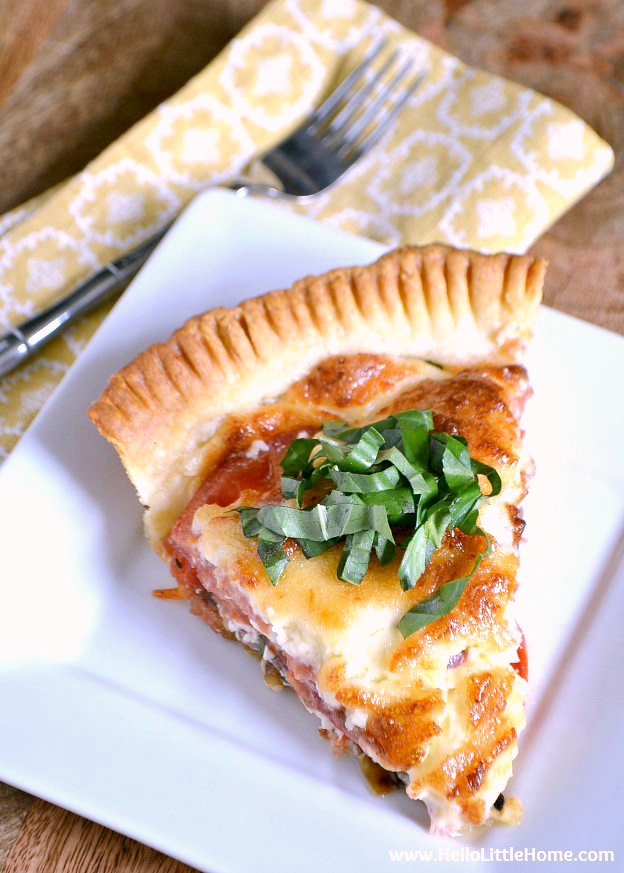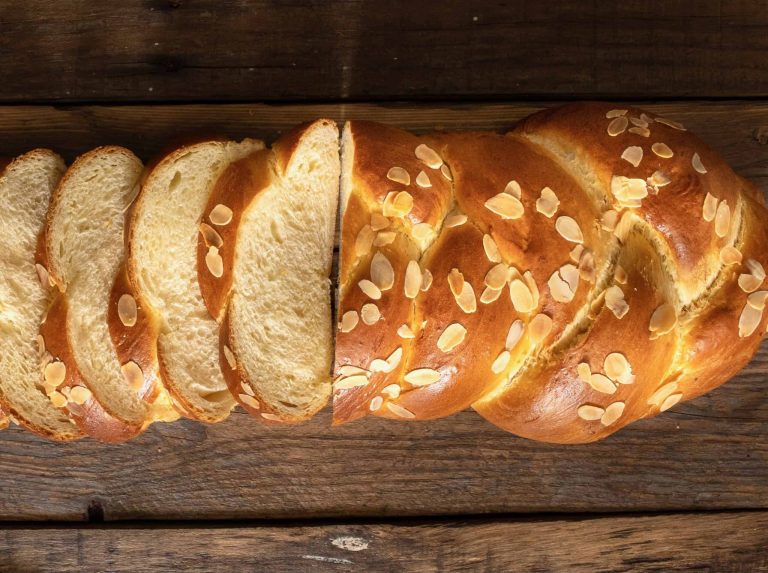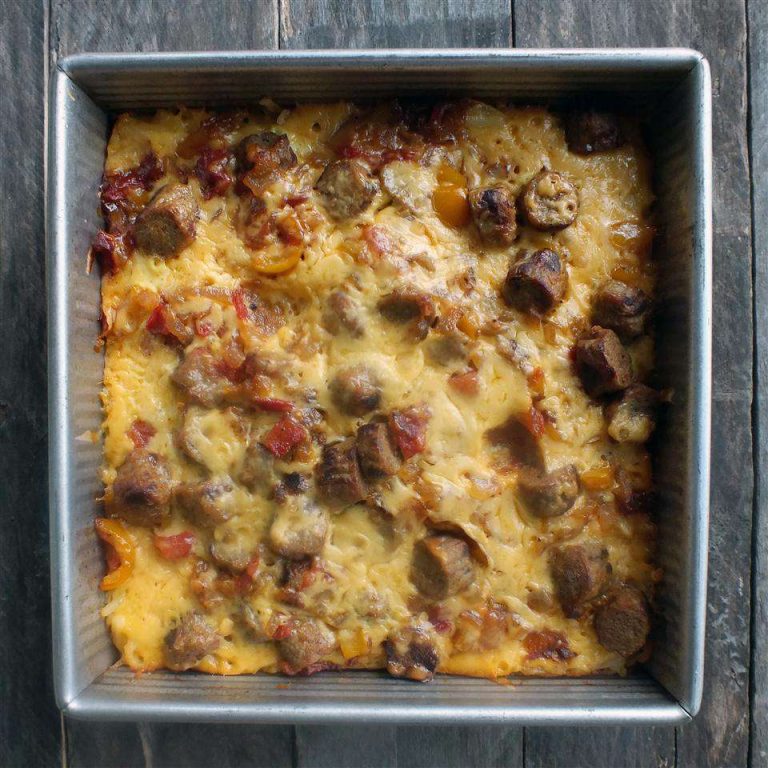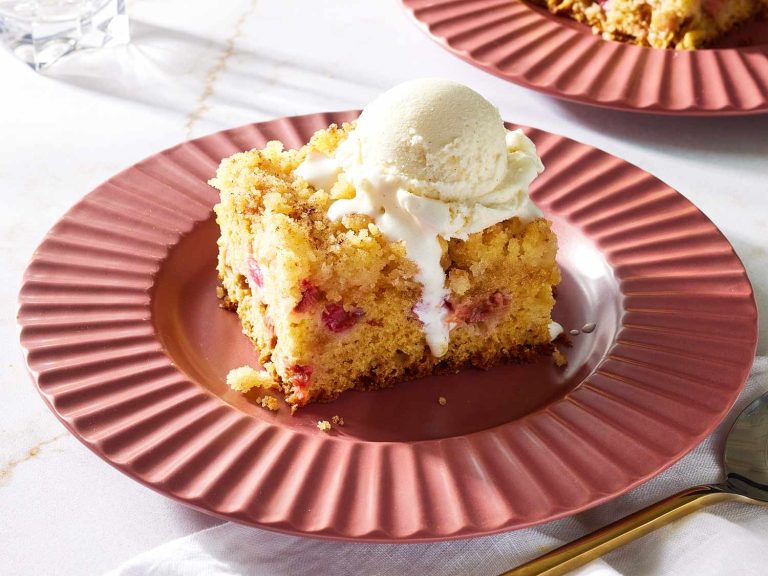No Knead Artisan Style Bread: Easy, Delicious, and Nutrient-Rich
No knead bread traces its roots to traditional European baking methods. Historically, bakers discovered early that dough could leaven naturally over time without extensive kneading. This method produced bread with an airy, open crumb and a thick, crispy crust. Ancient techniques from regions like Italy, France, and other European countries relied on time and fermentation to develop flavor and texture.
Rise in Popularity
The modern surge in popularity began in 2006 when Jim Lahey, of Sullivan Street Bakery, popularized the technique. Lahey’s method, published in The New York Times, simplified bread-making by using a long fermentation period and high hydration levels. Home bakers found the process straightforward since it required minimal effort but delivered professional-quality results. This ease of execution, paired with the appeal of artisan-style bread, made it a hit among baking enthusiasts.
Key Ingredients for No Knead Artisan Style Bread
Types of Flour to Use
For no knead artisan-style bread, using the right flour is crucial. Bread flour often delivers the best results due to its high protein content, around 12-14%. High protein levels ensure better gluten development, leading to a chewy, airy crumb. All-purpose flour also works, especially when seeking a lighter texture. For added complexity, consider incorporating whole wheat or rye flours, but limit them to 20-30% of the total flour to avoid making the dough too dense.
Importance of Yeast Selection
Selecting the appropriate yeast affects the flavor and texture of your bread. Instant yeast is a popular choice for no knead recipes due to its ease of use and reliable performance. You can mix it directly with dry ingredients, eliminating the need for proofing. Active dry yeast is another option, but it requires dissolving in water first. Some bakers prefer using a natural sourdough starter for added flavor and a chewy crumb. Whichever yeast you choose, ensure it’s fresh and active for optimal fermentation and rise.
The Process of Making No Knead Artisan Style Bread
Mixing and Resting the Dough
Combine flour, water, salt, and yeast in a large bowl. Opt for bread flour for a strong gluten structure. Mix the ingredients until they form a rough, shaggy dough. Cover the bowl with plastic wrap or a clean towel. Let the dough rest at room temperature for 12-18 hours. During this time, it ferments and rises slowly, developing flavors and texture.
Baking Techniques
Preheat your oven to 450°F (232°C). Place a heavy, lidded pot like a Dutch oven inside to heat. Turn out the dough onto a floured surface and shape it into a ball. Using parchment paper can help with transferring. Once the oven is hot, carefully place the dough into the preheated pot, cover it with the lid, and bake for 30 minutes. Remove the lid and bake for an additional 15-20 minutes until the loaf is a deep golden brown. The enclosed environment steams the dough, producing a crispy crust and chewy interior.
Benefits of Making No Knead Artisan Style Bread
Time Efficiency
No knead artisan-style bread saves you time due to its hands-off approach. After mixing the ingredients—you’ll only need flour, water, salt, and yeast—the dough requires minimal attention. Traditional bread-making involves extensive kneading, which can take 10-15 minutes, but the no-knead method replaces this step with long fermentation. This fermentation, lasting between 12-18 hours, allows you to use your time for other tasks. Using a lidded pot for baking also minimizes cleanup, as there’s no floury mess from kneading surfaces. Efficient use of your time makes no knead bread a preferred choice for busy home bakers.
Health And Dietary Advantages
No knead artisan-style bread offers several health benefits. Long fermentation improves nutritional value by breaking down phytic acid, thus increasing mineral absorption, according to the Journal of Agricultural and Food Chemistry. This process also enhances flavor without needing additives. Using basic ingredients ensures fewer preservatives and artificial chemicals, making the bread a healthier option. Whole grain flours, which are rich in fiber, vitamins, and minerals, can be used to boost nutritional content. This bread is also customizable to dietary needs—substitute gluten-free flour if you have celiac disease or gluten sensitivity.
Conclusion
Embracing no knead artisan-style bread opens up a world of delicious possibilities. With its rich history and simplified techniques, you can easily create bakery-quality bread right in your kitchen. The process is straightforward and requires minimal effort, making it perfect for both novice and experienced bakers.
By choosing the right ingredients and allowing for proper fermentation, you can achieve incredible flavors and textures. Plus, the health benefits and customization options make it an even more appealing choice. So why not give it a try and enjoy the satisfaction of homemade artisan bread?





